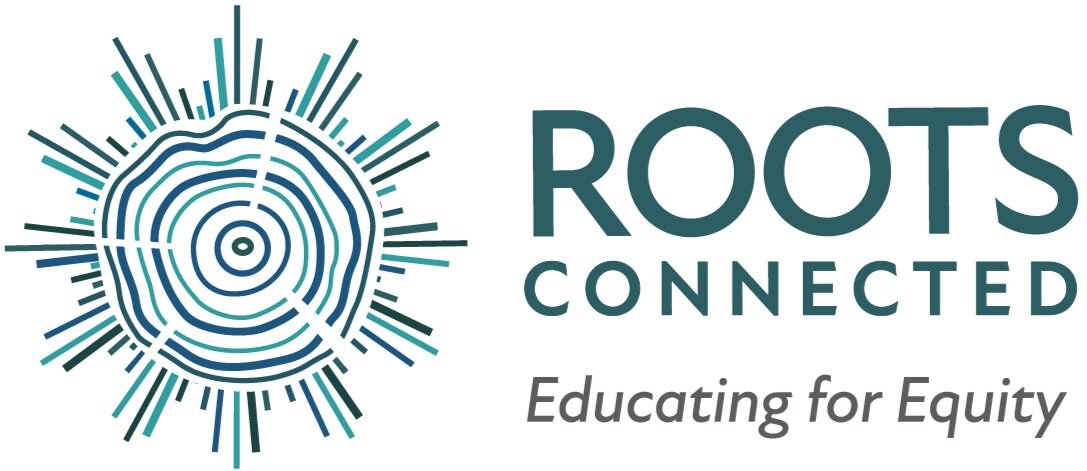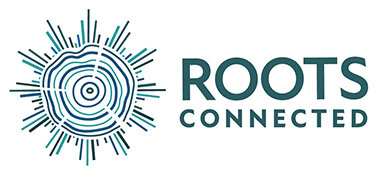How the Questions We Ask Can Build (or Block) Belonging
It’s the first morning back after winter break.
Teachers greet sleepy students at the door. Backpacks are heavier than usual, some faces glow with excitement, others carry a quiet heaviness.
The whiteboard reads: Welcome Back! What did you do over the break?
It seems like a harmless, even friendly, question. And in many classrooms, it's how the day back from break begins.
But for some students, this question feels like a spotlight they’d rather avoid.
Maybe their break was uneventful—or marked by struggle. Maybe there were no vacations, no big family meals, no celebrations that match what peers might share. Maybe they didn’t celebrate Christmas. Maybe the holidays brought stress, not rest.
Suddenly, what was meant to be an easy warm-up becomes a moment of quiet disconnection. A reminder of difference. A prompt that makes them feel othered, invisible, or unsure of what to say.
A Small Shift That Changes Everything
Now imagine instead, the question on the board says:
Who is someone you spent time with over break?
What was a moment of joy you experienced recently?
What’s one thing you saw, read, or heard that made you laugh?
Or maybe the teacher says, “Here are three ways you can check in this morning—choose one, or just listen in.”
These are small changes—but they open the door wider. They invite students in, rather than singling them out. They acknowledge the range of human experience without assuming sameness.
And most importantly, they say:
You belong here. Your story matters. There's space for you, exactly as you are.
Why This Matters
Belonging isn’t built only through big initiatives or elaborate plans. It’s built in the daily details—the tone of our voice, the rituals we create, and the questions we ask.
When we shift away from assumptions and move toward curiosity and care, we remove invisible barriers. We let students enter the conversation on their own terms, with dignity and choice.
We build classrooms where everyone can be seen.
Try This in Your Space
Reframe the check-in. Look at your go-to welcome or transition questions—are they inclusive of different life experiences?
Offer choice. Let students pick a question that resonates, or pass.
Model it. Share your own honest, grounded answer—make space for depth or lightness.
Pay attention. Notice how energy shifts when students feel the freedom to share their story.
These aren’t throwaway moments. They’re relationship-building ones. And when we’re intentional, they become seeds of trust, connection, and community.
Because the questions we ask matter.
And a small shift in how we begin can have a big impact on how we belong.



